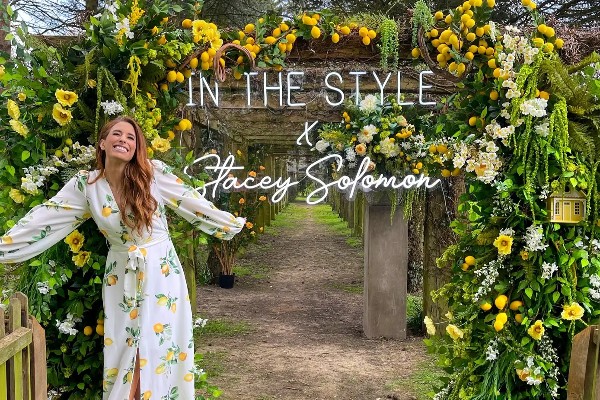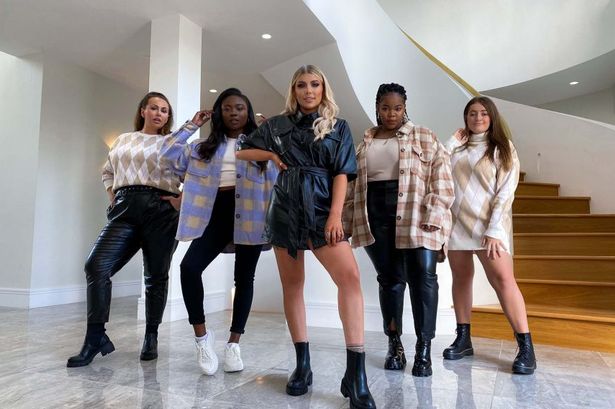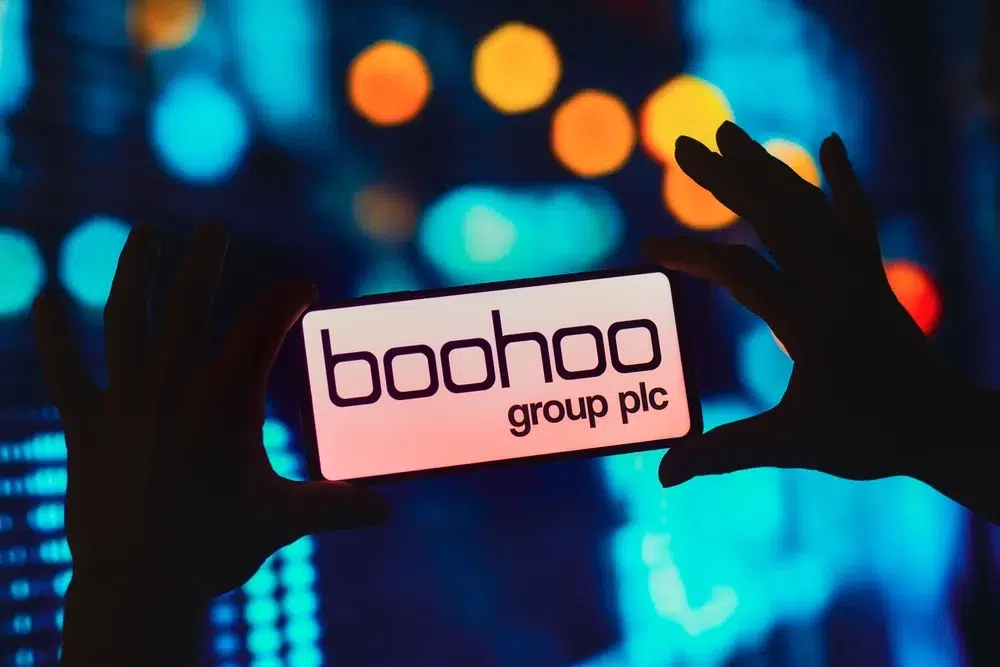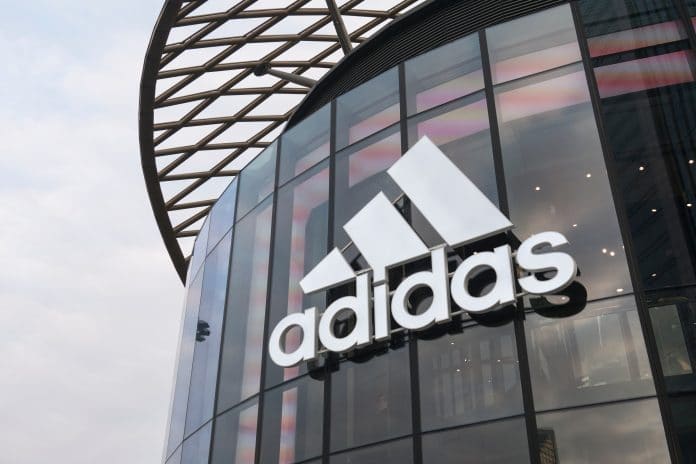In The Style revealed on Tuesday it has agreed to sell the business to private equity firm Baaj Capital for just £1.2m after being pushed to the brink of bankruptcy.
However, just two years ago the online retailer’s star was high after it floated on the stock market, with a valuation of £105m.
Its shares are worth just 1.5p, which equates to a 95% plummet since its March 2021 listing.
What went wrong at the online fashion retailer?
InTheStyle was set up by Adam Frisby in 2013 and rose to prominence by working with influencers and celebrities to launch their own fashion ranges with the brand.
However, since the IPO, trading has been tough.
GlobalData head of apparel Chloe Collins says In The Style’s sale its cut-price sales comes as “no surprise” following a “serious slowdown in its revenue in 2022” that forced the retailer to widen its losses projection.
Sales plummeted 22% over the golden period at the fast fashion retailer, which expects to make an EBITA loss of between £4.25m and £4.75m for the full year to 31 March 2023.
The first sign of trouble came just six months after it floated when it signalled a profit warning due to high shipping costs and customer returns. However, at that point sales were still soaring.
It swung to a loss last year, it’s first year as a listed business, and sales stalled in the latter half of 2022 as the cost-of-living crisis took its toll.
“There are a host of moving parts that have led to the decline of In the Style, particularly as retailers wake up to an operating backdrop that has moved at pace over the past year,” says Retail Economics senior consultant Nicholas Found.
Weakened consumer demand in the wake of rising inflation paired with increasing operating costs “has compromised the business models, like In The Style’s, that are reliant on low costs and selling at volume to operate at the wafer-thin margins,” he explains.
As such, “the combination of these factors has eroded profit and cash reserves for retailers forcing some to take a fierce look at their cost base” which is leading to attempts to reduce costs at pace, says Found.
The cost-of-living crisis has also created a shift in how shoppers buy clothes. Found says as well as cutting back, spending is now more focused around promotional periods and calendar events than ever before.
Collins adds that shoppers are also gravitating to items that are better value for money and are perceived to last longer, a trend highlighed by M&S boss Stuart Machin.
“Consumers returned to instore shopping and shifted away from fast fashion in favour of better quality, more versatile clothing to benefit both the environment and their wallets amid the rising cost of living,” she says.
The channel shift has also hit In The Style hard. Shoppers have returned to stores in their droves over the past year, which has had many online retailers.
Both Boohoo and Asos have posted losses in their recent results, with Asos looking to cut £300m of costs to protect its margins.
Waning relevance
However, a bigger concern for In The Style is the fact that experts believe the brand is not as relevant as it was.

Collins believes its “failure lies mainly in its waning relevance”.
Found believes that its influencer collaboration model is an “increasingly overcrowded area of the market”.
In The Style’s business model is built heavily on the influencer market, focusing its product ranges on collaborations with the latest trending social media star and TV personality.
Set up in 2013, In The Style made its debut with a collection a year later with The Only Way is Essex reality star Lauren Pope which quickly sold out.
“The retailer initially rose to success as one of the first to fully embrace the power of influencers, and its collaborations were its USP,” explains Collins.
The challenge in doing so is that the influencer market can move very quickly in terms of who’s hot and who’s not, says Catherine Shuttleworth, chief executive of Savvy Marketing, who explains that many of the retailer’s collaborations lack the longevity needed to make it a sustainable model.
For example, its collection with Jacqueline Jossa was built around the hype of her winning I’m a Celebrity but her star quickly waned.
Whilst working with influencers was a strong USP for In The Style, many other retailers have latched onto this, which makes it harder for the etailer to stand out in the market, says Collins, who adds that it cannot compete with the likes of Boohoo and Shein to attract high-profile influencers.
Influencer marketing is even used by the likes of Amazon who partnered with fashion influencers for its The Drop line to design limited collections that are made to order.
What next for In The Style?
The biggest question on everyone’s lips following Tuesday’s sale announcement is whether In The Style has a long term future?

Found says that under the new owner Frisby, who has taken equity in the new business and stays on as CEO, will need to sort out its costs.
“For its new owners, a main priority will be to realign its cost base to brace what is set to be a challenging year, with the UK forecast to be in recession for the remainder of 2023.
“New ownership is likely to bring a rethink of its structure better aligned to the current challenges,” he says.
Shuttleworth says retaining Frisby is a positive move as the entrepreneur has a flair for marketing initiatives and will bring new growth ideas.
All eyes will be on Frisby to see if he can get the etailer he founded back in style.
Click here to sign up to Retail Gazette‘s free daily email newsletter


















